The Acer Swift 3 SF314 Notebook Review: Swift Gets Swifter With Ryzen 4000
by Brett Howse & Andrei Frumusanu on May 5, 2020 8:00 AM ESTWireless
Acer has fitted the Intel AX200 Wireless adapter in their Swift 3, and for good reason. Intel’s wireless networking adapters have been the cream of the crop in the PC space for some time, with rock solid stability, and excellent performance. The AX200 is the new Wi-Fi 6 adapter, adding 160 MHz channel support and higher QAM orders to provide much higher peak performance than Wi-Fi 5, while at the same time offering better congestion control as well.
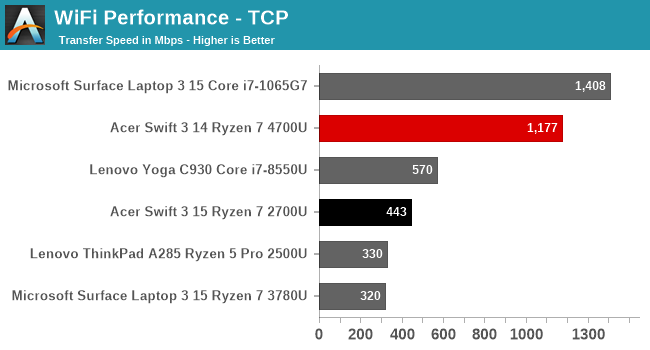
The Acer Swift 3 has very good networking performance from the 2x2 networking solution, hitting over 1.1 Gbps transfer speeds on our TCP test. We are using the ASUS ROG Rapture GT-AX11000 router, and if you’d like to check out more about the new Wi-Fi 6 testing, please check out our overview.
Audio
The Acer Swift 3 features DTS Audio with stereo front-facing speakers, and dual-microphones for Cortana support. Although the speakers are forward facing, they are on the bottom of the notebook, so can be obstructed depending on the surface the notebook is on.
Sound quality is quite good, with reasonable bottom end response for a notebook of this size. The speakers do not get overly loud, measuring 75 dB(A) one inch over the trackpad, but the sound was free from distortion.
Thermals
Thin, light, and performance. The holy trinity of laptop design. It is not always easy to achieve. Acer has a thin and light laptop, with a new 7 nm AMD Ryzen 7 4700U onboard which should help them out, but to see how the laptop responded it was run through an extended stress test of the CPU, with the GPU kicked in near the end.
As with most modern CPUs, the Ryzen 7 quickly ramps up well past its target thermal design power, hitting around 30 Watts draw at the start, but as the test goes on, that value falls back to around 18 Watts. But the power line shows several spots where it dropped back due to thermal capacity. A perfect result here would be a straight line for the CPU frequency but struggles to maintain its boosted frequency. The laptop does not seem to find a sweet spot where it can maintain temperatures either, it instead bounces from maximum power draw to minimum. The GPU also is not consistent when it is turned on around the 2300 second mark.
As this is a full stress test, it can be unfair since you are unlikely to run into a scenario where you use the system at 100% load for such an extended duration. To see how the laptop performs in a more real-world test, it was again tested using Far Cry 5 as a load source.
If anything, the results were even more disappointing. The laptop really struggled with its thermals, dropping the framerate into single digits often. The device attempted to run at around 18 Watts of power draw, slightly over the 15 Watt TDP, but in fact only averaged around 8 Watts during this run.
The laptop does not get overly loud during this load, only hitting around 45 dB(A), but clearly the included cooling system is inadequate for very heavy loads, such as gaming. Far Cry 5 is a demanding game, especially on CPU, so the SoC is even more taxed trying to balance the CPU and GPU, but overall this is a very poor result.
Software
Acer includes a few utilities which are useful, and a few that are not, such as some Norton Antivirus with a short trial period. But it is worth looking at a few pieces of software and included utilities.
The AMD Radeon Settings gives you control over the GPU settings, including disabling Vari-Bright, and seeing the system settings. It is a nice looking utility, but other than providing a few options to enable or disable, but it would be nice if you could use it to manage driver updates for the GPU rather than just copy the version numbers.
If you do want to update drivers, you can use the Acer Care Center, where you can also manage recovery media creation and support requests. This is now a standard feature on all notebooks, and Acer’s implementation is attractive and easy to use.
Acer includes a couple of links to e-tailers like Amazon and Booking.com, which are easily deleted, but also are a quick reminder that margins are thin when prices are this low.


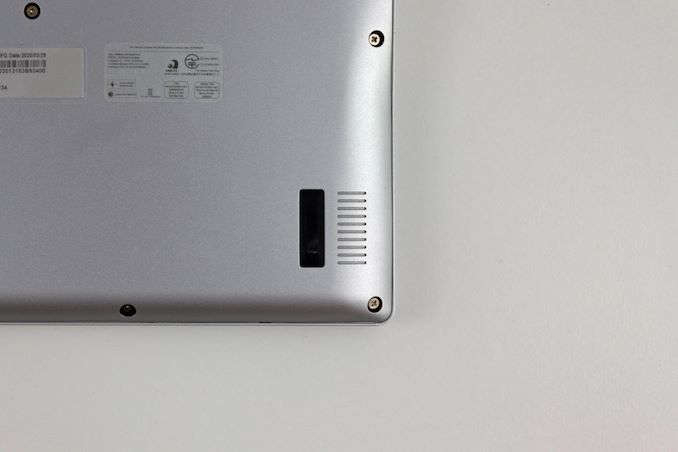
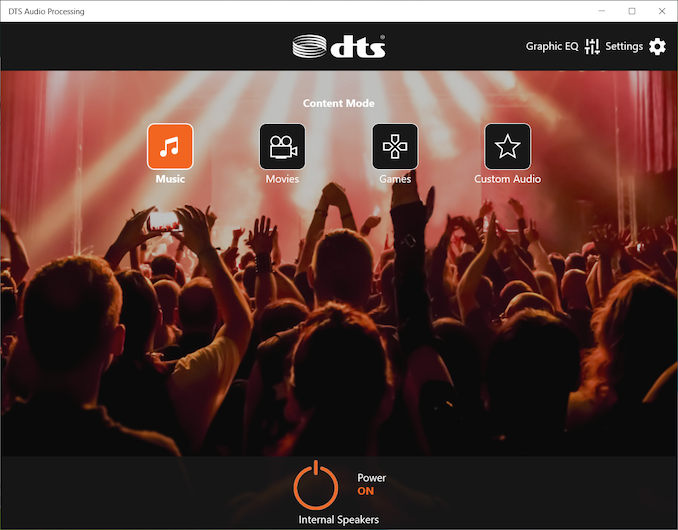
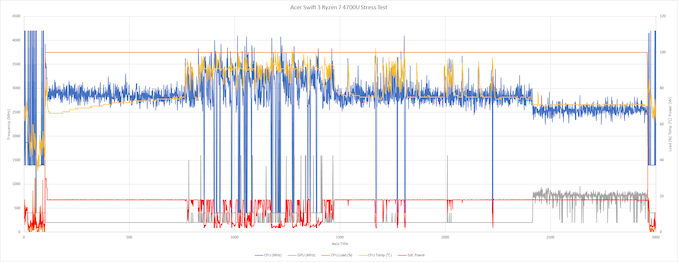
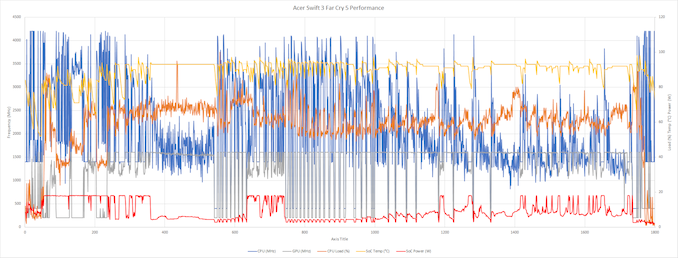
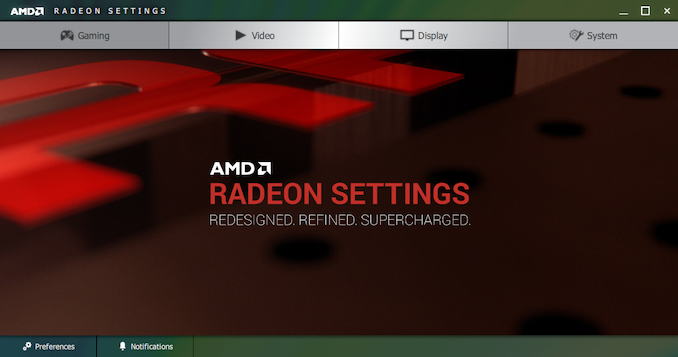

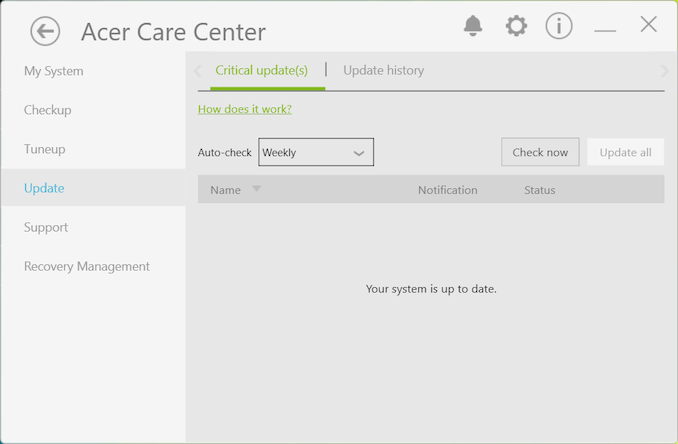








191 Comments
View All Comments
Oxford Guy - Thursday, May 7, 2020 - link
8 watts is not awesome:"The laptop really struggled with its thermals, dropping the framerate into single digits often. The device attempted to run at around 18 Watts of power draw, slightly over the 15 Watt TDP, but in fact only averaged around 8 Watts during this run."
Not being able to cover the pathetic old sRGB color space with even a slight level of accuracy is not awesome.
sonny73n - Thursday, May 7, 2020 - link
It’s the heat issue on heavy load. Looking at HSF with the back cover opened on TH, I was thinking how to modify it for a better heat dissipation. There’s only one heatpipe running about 3 inches to the fins. I doubt repaste will help much.uzzi38 - Tuesday, May 5, 2020 - link
Because battery life is also about the rest of the components in the laptop as well. The screen especially so. Those results are normalised battery size, not normallised with rest-of-system power draw in mind.Jorgp2 - Tuesday, May 5, 2020 - link
Isn't that still up to AMD?Intel helped spec out low power displays to use with Athena devices
They also make their own chipsets.
SolarBear28 - Tuesday, May 5, 2020 - link
I don't think AMD has the bargaining power (or marketing clout) to force OEM's to use expensive, lower power components the same way Intel does. But they have done something similar by requiring certain specs with their HS series processors.Spunjji - Wednesday, May 6, 2020 - link
Not, it's up to the OEM.OEM's don't even *have* to use Athena, though it looks like they're being heavily "persuaded".
yeeeeman - Tuesday, May 5, 2020 - link
D'oh, obviously. That is where the 650$ price is. In cheap components.SolarBear28 - Tuesday, May 5, 2020 - link
Exactly. The XPS 13 2 in 1 is one of the most efficient Intel devices out there due to its screen and other components. The Swift 3 beats the Yoga C930 in the normalized test, so AMD is roughly in the same ballpark as Intel on power consumption. But its up to the OEM's to do the rest. With their HS series processors AMD pushed certain requirements on ASUS and the ROG G14 provides great battery life. Also the leaked specs of some Renoir Thinkpads point to a proper lower power display being an option, I'm looking forward to seeing reviews of the T14s.Spunjji - Wednesday, May 6, 2020 - link
This. It's not entirely a fair fight.neogodless - Tuesday, May 5, 2020 - link
If I understand correctly, we're talking about battery life from an 8-core processor being only 25% off that of a 4-core processor. That's actually pretty good.